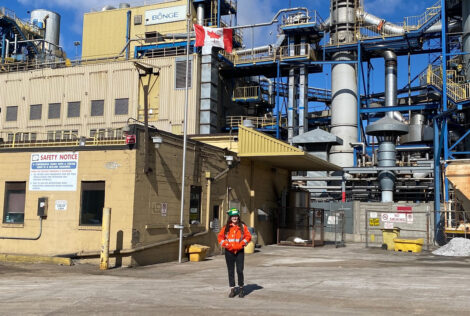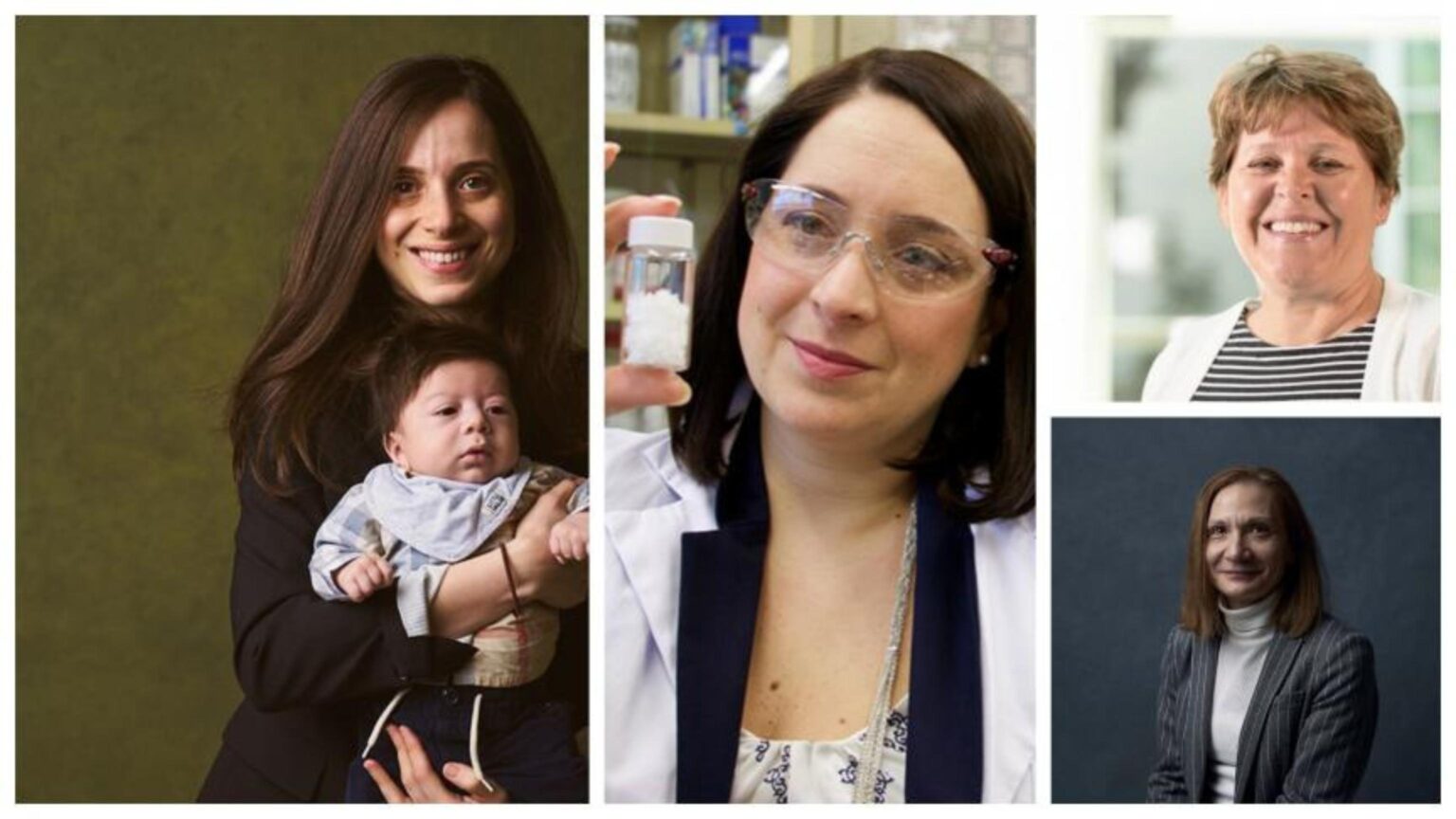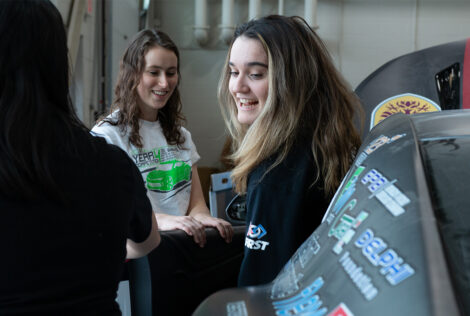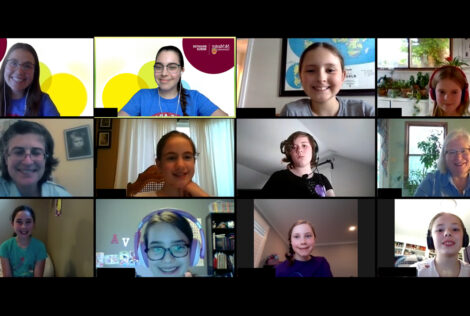

Biosensors that find disease faster; eye drops that improve ocular health; radar technologies that detect breast cancer and concealed weapons; a sustainable material with an infinite number of applications. These technologies are improving quality of life, cleaning the environment and saving lives.
Meet the women who made them:
Leyla Soleymani
Disease Detective
Why her research rocks: Soleymani builds microscopic biosensors that make finding disease faster, easier and more accurate. The engineering physics and biomedical engineering associate professor and Canada Research Chair in Miniaturized Biomedical Devices has already seen success in creating a handheld, solar-powered device for diagnosing tuberculosis quickly using a saliva sample, and are currently also working on developing a more accurate diagnostic test for prostate cancer.
Engineering is for everyone: “People are surprised when I tell them I’m an engineer, and they’re even more surprised when I tell them what kind of engineering I do. To be an engineer, you don’t have to be male, you don’t have to be tough – you just have to be creative and love science. Balancing work and family is not easy, regardless of your career path. But when you love your work, it makes any difficult decisions and situations totally worth it. Engineering is for everyone.”
Heather Sheardown
Ocular Health Hero
Why her research rocks: Sheardown has developed a way to deliver microscopic “packets” of medicine inside micelles, sphere-shaped fatty molecules that stick to the eye’s mucous layer. This stickiness prevents micelles from being washed away by tears and allows them to release drugs over time – so eyedrops that once had to be administered every day can now be used just once a week. The chemical engineering professor and Canada Research Chair in Ophthalmic Biomaterials and Drug Delivery and her team have started a company, 20/20 OptimEyes, to bring this technology to market, initially targeting dry eye disease, a common condition caused when eyes don’t produce enough tears.
Technologies to improve peoples’ lives now: Sheardown and her team are working in the brand-new Fraunhofer Project Centre for Biomedical Engineering and Advanced Manufacturing (BEAM) to commercialize their technologies. “We’re working on getting things into the hands of physicians or patients where they can be used to improve quality of life. It’s exciting.”
Emily Cranston
Superstar in Sustainability
Why her research rocks: The chemical engineering professor and Canada Research Chair in Bio-Based Nanomaterials is using nanocellulose, a renewable and sustainable material derived from wood fibres to develop an infinite number of applications from strong, lightweight body armour to ultra-flexible electronic screens to water remediation technologies.
A passion for sustainability: “For me, this is an exciting area to work in not only because of the impact on human health and the environment, but because of the need for creativity and innovation – there’s a lot of work to be done to lessen our dependence on fossil fuels. To me, being creative and coming up with ideas but then actually building the materials is exciting. It’s not just math and science – there’s some art to it, too.”
Natalia Nikolova
Master of Microwaves
Why her research rocks: Nikolova is finding new ways to detect breast cancer and concealed weapons through microwaves. Using radar technology, which employs electromagnetic waves to reveal objects that cannot be seen with the naked eye, the electrical and computer engineering professor and Canada Research Chair in High Frequency Electromagnetics has developed a cost-efficient, safe and compact radar scanner for early stage breast cancer detection. Nikolva has also created a small radar unit, featured in Wired Magazine, for concealed weapon detection with the same technology.
Making a difference: “I see my responsibility in directing my research into areas that have high social impact and improve quality of life. It is also important to inspire my students about research in science and engineering by engaging them in projects that will make a difference in people’s lives.”


